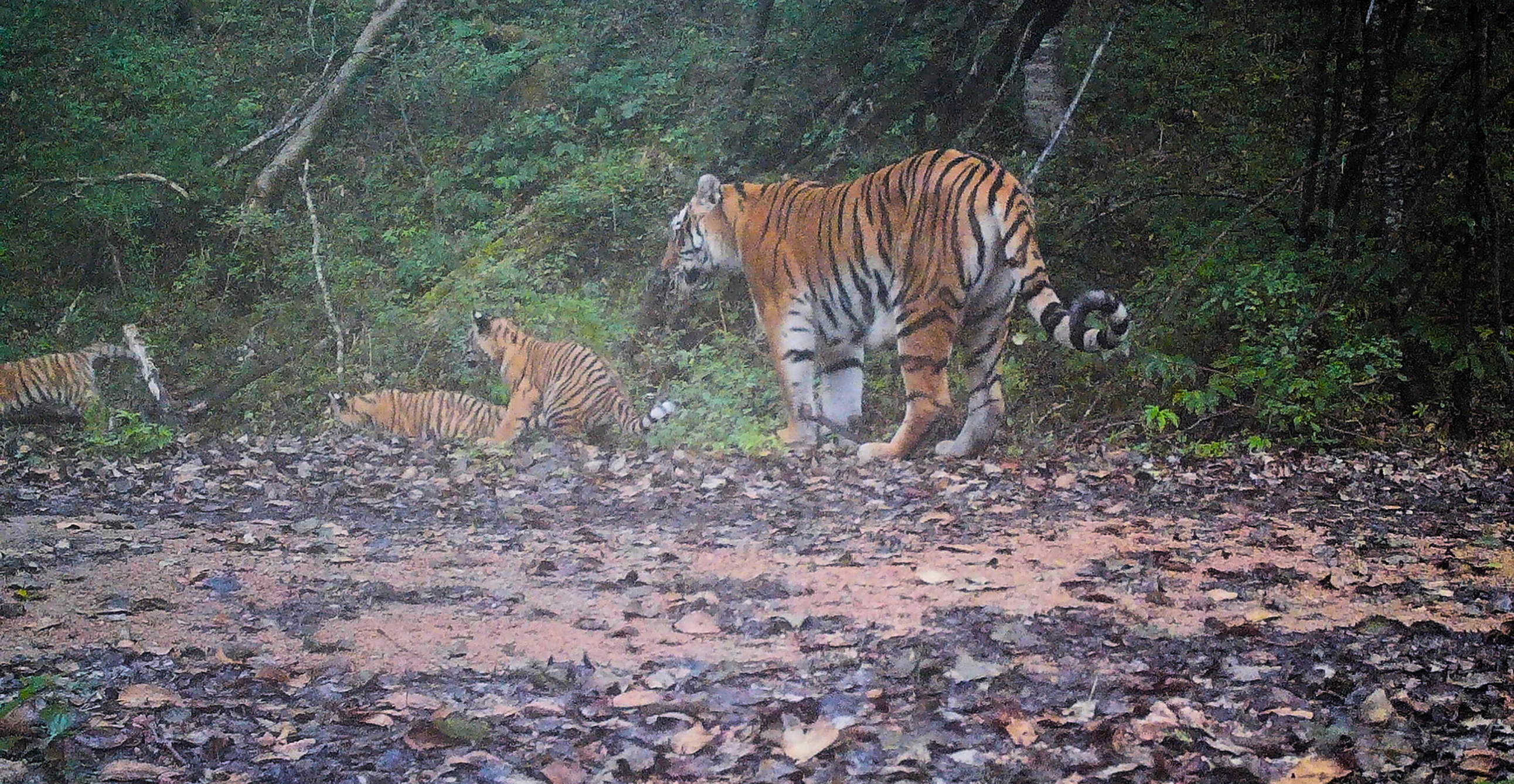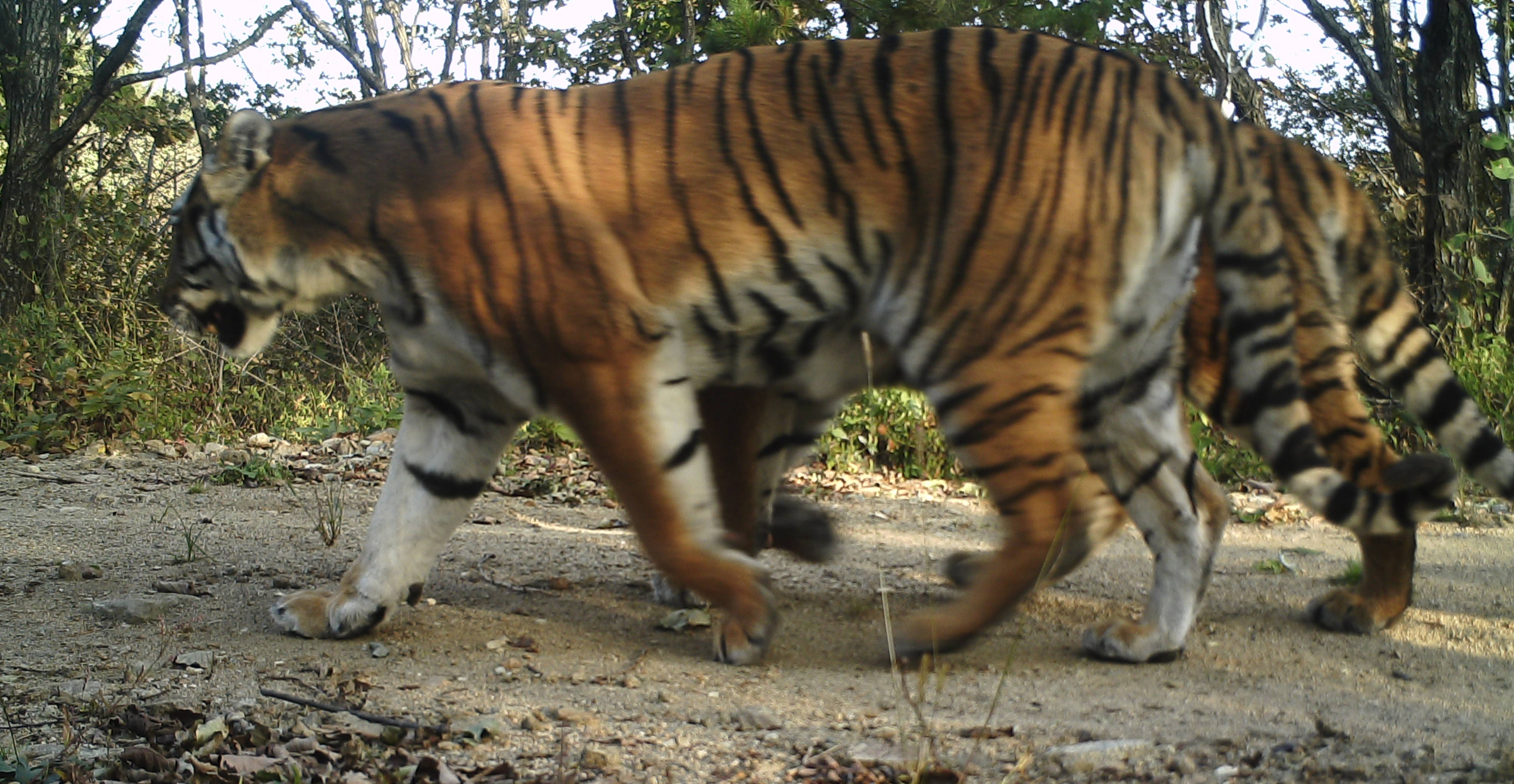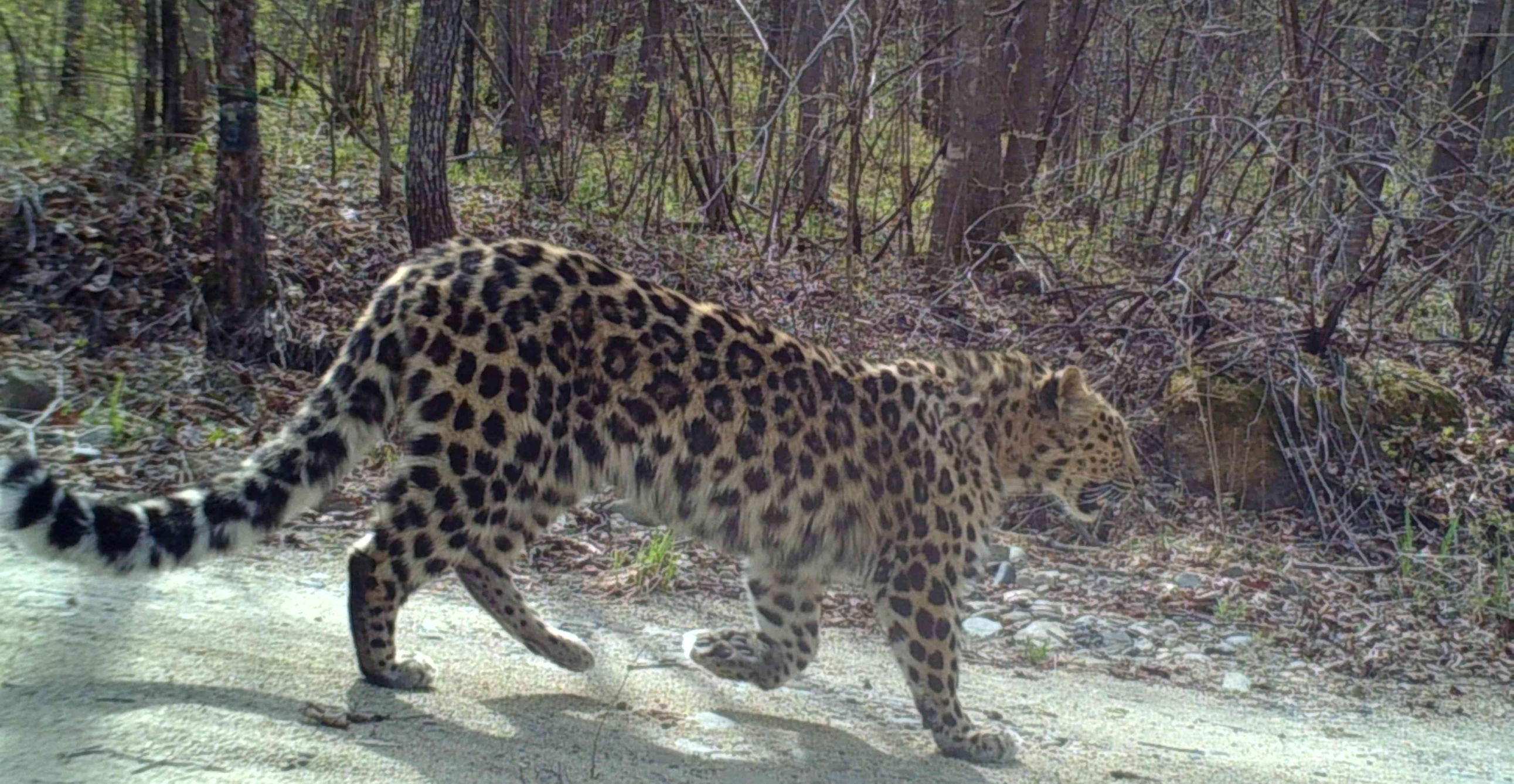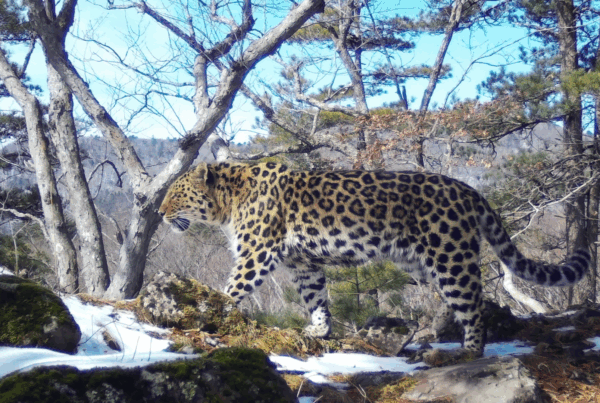- The Hunchun Nature Reserve (HNR) is emerging as a critical source site for the future expansion of Amur tigers and leopards in Northeast China, thanks to the increasing productivity of female big cats.
- With record numbers of tiger and leopard cubs being born, HNR is playing a pivotal role in population growth and genetic diversity.
- Continued conservation efforts and monitoring are essential to support the dispersal and recovery of these endangered species across the region.

WCS_China
The forests of Northeast China are witnessing a remarkable increase in the populations of Amur tigers and leopards. At the heart of this wildlife resurgence lies a critical factor – the rising productivity of female big cats in the Hunchun Nature Reserve (HNR). This trend indicates that HNR is becoming a pivotal source site for the future expansion of these majestic creatures across the region.
Impressive Numbers and Encouraging Signs
In 2023, camera trap analysis revealed 45 Amur tigers and 30 Amur leopards in HNR, an increase from the previous year. This growth is not just in numbers but in the reproductive success of these animals. Five female tigers with cubs, four of which had litters of 3-4 cubs, and one leopard mother with cubs were recorded. This high productivity of females is a strong indicator that HNR is becoming a robust source site. The nearby region of Dahuanggou was also shown to hold 9 Amur tigers and 4 leopards, based on camera trap analysis of 2023 and this is likely to increase as the big cat population in HNR grows.

Why Female Productivity Matters
The productivity of female tigers and leopards is crucial for several reasons:
- Population Stability and Growth: A higher number of cubs means more individuals reaching adulthood, contributing to population stability and growth.
- Genetic Diversity: Increased births lead to greater genetic diversity, which is essential for the health and resilience of the population.
- Expansion Potential: As the population in HNR grows, it can support the dispersal of individuals into new areas, aiding in the overall recovery of these species across Northeast China.

The Role of Long-Term Monitoring
Our support of the Wildlife Conservation Society’s (WCS) long-term monitoring efforts, in collaboration with the Hunchun Bureau Branches of the Northeast China Tiger and Leopard National Park (NCTLNP), have been instrumental in these successes. By deploying 120 pairs of camera traps in HNR and 30 pairs in Dahuanggou, they have been able to gather detailed data on the presence and activities of tigers and leopards. This data not only helps in tracking population trends but also in identifying key areas for conservation efforts.

Challenges and Conservation Efforts
Despite positive trends, challenges remain. In Dahuanggou, high levels of livestock grazing increase the potential for human-wildlife conflict as tiger and leopard populations expand. Although the government has banned livestock grazing in protected forests and offers no compensation for losses from illegal grazing, villagers continue the practice. With more tigers and leopards in HNR, the risk of predation is higher, leading many ranchers to graze in Dahuanggou where these predators are rarer. However, as tiger and leopard populations grow, the risk of cattle predation and human conflict is increasing.
Moreover, monitoring activities noted a decline in wild boar, a key prey species for tigers, which poses a significant concern. The emergence of African Swine Fever may explain this decline, but so far its presence has not been confirmed in the region in 2023.
Addressing these issues requires proactive conservation strategies, including habitat protection, conflict mitigation, and ensuring a stable prey base.
Looking Ahead
The increasing productivity of female tigers and leopards in HNR is a beacon of hope for the future of these species in Northeast China. As HNR continues to establish itself as a source site, the ripple effects will likely lead to the repopulation of tigers and leopards across broader areas. Continued support and collaboration are essential to sustain and build on these successes, ensuring a thriving future for these iconic big cats.

Project Background
The Wildlife Conservation Society (WCS), with funding from WildCats Conservation Alliance, monitors the populations of Amur leopards and tigers in the Hunchun Nature Reserve (HNR) and the adjacent lands within Northeast China Tiger and Leopard National Park (NCTLNP). Covering about 5,000 square kilometers, this area is a vital habitat for these endangered species. You can find out more about this project here.
Stay tuned for more updates on our conservation journey and join us in celebrating the remarkable recovery of tigers and leopards in Northeast China. Your support can make a significant difference in safeguarding the future of these magnificent creatures. Donate today!





